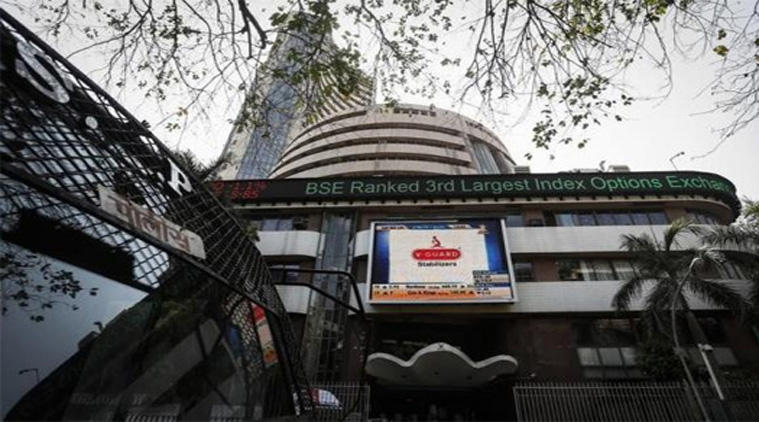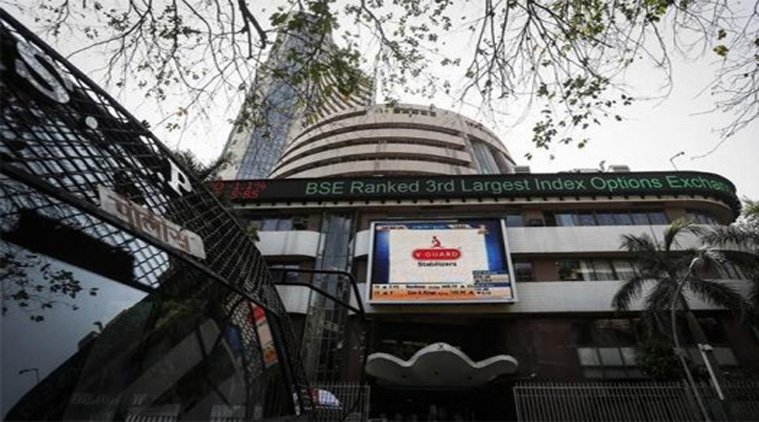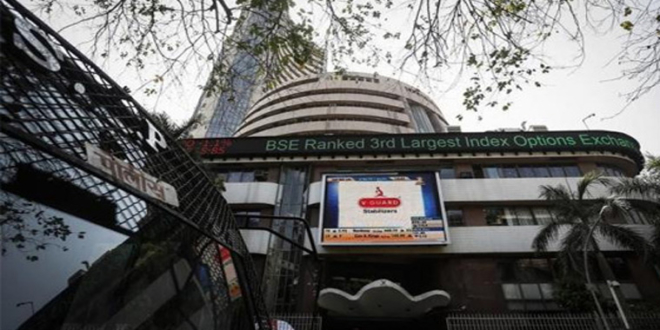
 We need fiscal policy to boost consumption. The out-of-pocket expenses on health and education for Indian households are exorbitantly high, driving a significant part of the high household savings. (Reuters)
We need fiscal policy to boost consumption. The out-of-pocket expenses on health and education for Indian households are exorbitantly high, driving a significant part of the high household savings. (Reuters)
Emerging market (EM) economies will deliver in 2015 their lowest growth rate since the crisis of 2009, and Asia its lowest since 2001. More importantly, this will occur when developed market (DM) growth has recovered from an average of -0.3 per cent over 2008-10 to 1.7 per cent over 2011-15, with the UK and US in the sixth year of expansion. In contrast to this two percentage point increase, growth in EMs has fallen three percentage points. So it isn’t that DM economies haven’t recovered, they have. It is just that EMs can no longer depend on the generosity of strangers — DM imports — to drive their economies.
This decoupling is reflected in the stagnation in global trade since 2011. Manufacturing export — the pride of Asia — has been slowing every quarter for the last four years. The venerated Asian supply chain that linked the region to the world via China lies broken. The reason for this stagnation isn’t clear, but it is likely to be a combination of the shift in DM consumption towards services as its population ages, weak investment in DMs with the sharp decline in productivity growth after the crisis, and the policy-driven rebalancing in China, which is not only slowing down the economy but is also making it less resource-intensive.
This stagnation in global trade has fractured EM Asia’s export-led growth model. And the story in India is much the same. In the golden years of 2003-08, when growth in India averaged almost 9 per cent, much of it was driven by corporate investment, which tripled from 6 per cent of the GDP to 18 per cent. Who consumed most of the goods produced by the increased investment? Not residents, as domestic consumption fell from 61 per cent of the GDP to 58 per cent. Instead, much of the newly created capacity was absorbed by foreigners, with exports surging from 15 per cent of the GDP to 24 per cent. With foreign demand accounting for more than 50 per cent of India’s manufacturing in the pre-crisis year, the relentless decline in exports since 2011 has, more than anything else, driven the weak industrial growth and languishing corporate investment.
Sadly, the stagnation in global trade and the high likelihood that none of the underlying factors are likely to reverse hasn’t pushed EMs to look for new engines of growth. Instead, policies and reforms are still shaped by the hope that export growth will return. Policy support has focused on monetary easing as if the growth slowdown is temporary, and the limited reforms undertaken have largely been aimed at easing supply constraints and further expanding manufacturing in most countries barring China. But not every EM can be only raising investment. Somebody has to raise consumption, as the traditional consumers of EM manufacturing — DM households and corporations — are no longer obliging.
So it is with India. For sure, cheaper funding, easier land acquisition, less cumbersome regulations, better infrastructure and more flexible labour laws will help. But that’s not holding back investment. By now, it should be obvious that it is the absence of demand.
To get out of this morass, one of two things needs to happen: Either corporations reorient their product lines to serve what the ageing DM (and Chinese) households want; or policies, reforms and infrastructure need to be redesigned to boost domestic consumption, compensating for the loss of exports.
Shifting the focus of policies, reforms and infrastructure to support domestic consumption is easier said than done. In fact, it is almost heresy. For decades, India’s policy framework has focused on increasing savings and investment. Consumption-driven growth is still derided for being low quality and dangerous for macroeconomic stability. Many will argue that we tried this in 2008-09 with disastrous results in 2013. I will argue that that was because we used the wrong instruments and kept using them way past their shelf life over 2010-12.
In terms of macroeconomic policies, there isn’t much exchange rates can do, given that all EMs are in the same boat and a devaluation by one country will be followed by others, negating the impact. Monetary easing has been tried with limited success. At best, policy rates can be anchored to a lower real interest rate reflecting lower medium-term growth.
Fiscal policy has a big role to play. There is no doubt India needs more infrastructure, but ramping up public investment to “pull in” corporate investment doesn’t work when there is a shortage of demand. Public investment was increased this year but corporations shrugged it off. Instead, we need fiscal policy to boost consumption. Obviously cutting income tax will help, but given the narrow tax base, it is unwise. A low-rated goods and services tax would have helped, but that seems to be tangled in political gridlock.
But there are other ways fiscal policy can help. The out-of-pocket expenses on health and education for Indian households are exorbitantly high, driving a significant part of the high household savings. Making public health and education more accessible and reliable will provide the needed assurance to lower savings. Obviously, this requires much more budgetary spending, raising the fiscal deficit. But any rise can be limited by accelerating privatisation or lowering other capital expenditures.
Clearly, reforms have a big role to play and they span from capital markets to insurance. For example, strange as it may sound, health insurance products in India limit the liability of insurance companies. This reduces the risks of insurance companies but raises that of households, forcing them to increase precautionary savings. Instead, regulations should be changed to limit households’ out-of-pocket expenses and make the insurance companies bear the residual risk. This would not only improve risk-sharing but also help to bring down savings. Even the design of infrastructure matters. For example, if consumption, and not exports, is going to drive future growth, infrastructure investment needs to focus more on highway systems that connect the interior of the country, not just the metropolitans, and much less on ports.
In any event, the government needs to articulate a policy and reform agenda that reflects the realities of 2016. So far, we seem to be stuck addressing problems of 2013.
![]()
Source: New feed






